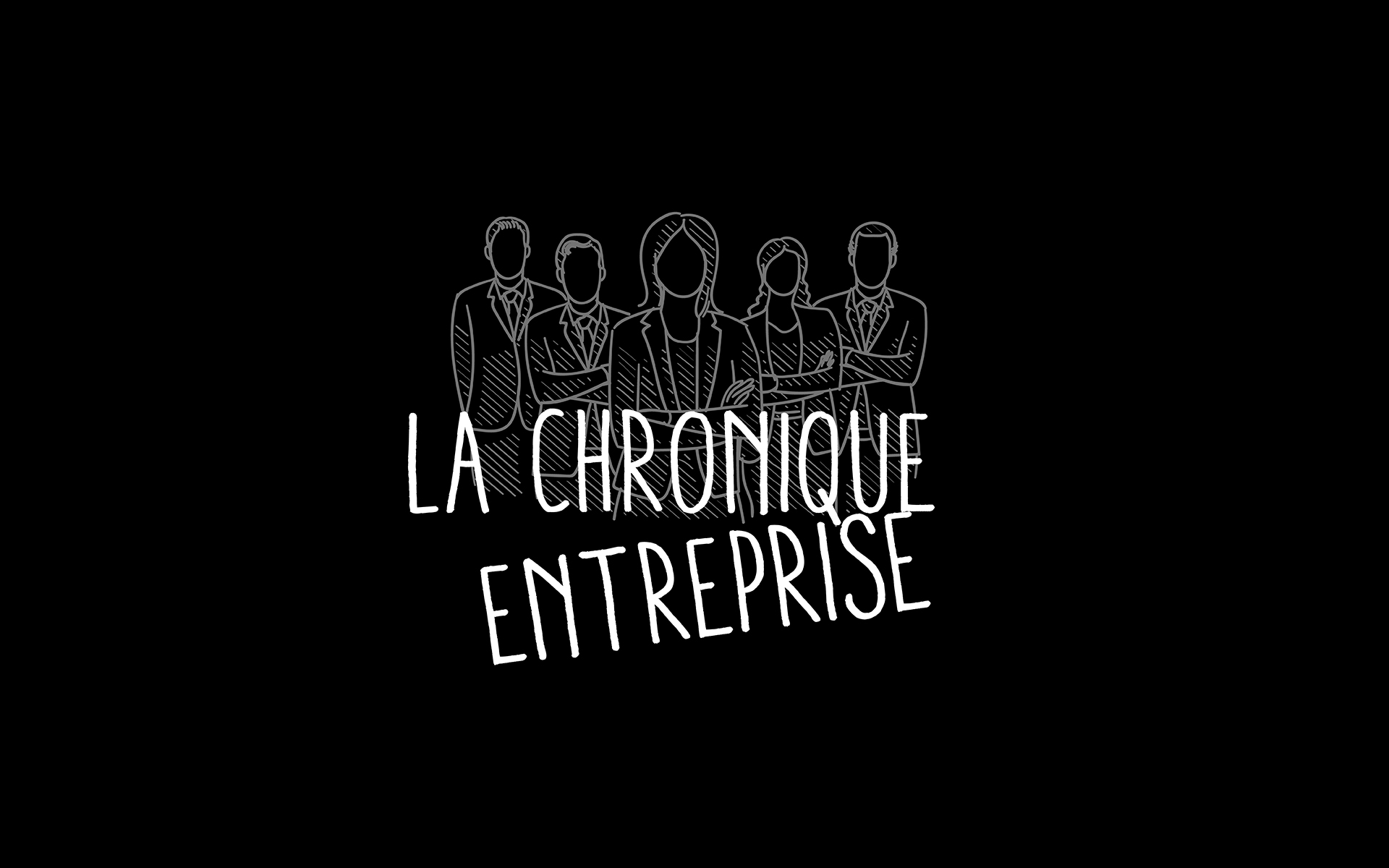
Techniques to improve your joint mobility.
Chronicles
Doctor in Human Movement Sciences, EMILE Mélanie and VAULERIN Jérôme reveal techniques to improve your joint mobility.
Joint mobility is an important pillar in the practice of a sporting activity and in daily life. It refers to the ability of the joints to move in space. It depends on several genetic, environmental and individual factors. Good mobility improves performance, movement efficiency and energy transmission, while a lack of mobility increases the risk of injury, muscle and joint pain. In the long term, this could lead to back problems, restricted joint range of motion, and reduced autonomy to carry out everyday activities (putting on shoes, lifting weights off the floor). Sedentary work, poor posture and position could lead to a lack of mobility. Many people claim to have tight or stiff hamstrings. To reduce the risk of injury, it is necessary to practice mobility exercises.
How to gain mobility?
There are various methods to improve joint mobility. One of the best known is stretching, which is also available in several forms:
- Static stretching: active (done by oneself) or passive (external help), short and long (at least 45 seconds). This type of stretching has shown positive effects on joint amplitude, but a decrease in the performance of explosive exercises (subjects in a sporting context) has been observed in several scientific studies.
- Dynamic stretching, whose ballistic work is the swinging movement that allows the muscles to be stretched beforehand in a short time. This type of exercise increases muscular efficiency and has no detrimental effect on explosive work. However, good technique must be mastered beforehand.
- Other stretching methods are used by physiotherapists and physical trainers depending on the goals sought (Proprioceptive neuromusuclar facilitation) by using nerve reflexes to relax the tissues to facilitate joint amplitude.
In addition to muscular work through stretching, it is important to mobilise the fascias which are connective tissues present throughout the body (joints, tendons, brain...). They play an essential role because they act on the transmission of force and energy and contain many sensory organs capable of analysing movement and pain. Thus, it is interesting to mobilise these fascias and to work on another tissue component responsible for mobility. For several years, various tools have been emerging to gain mobility, such as the roller or balls. This technique, called "self-massage", can be practiced before the training session to warm up or afterwards to recover. This technique is characterised by the mobilisation of soft tissues with small undulations for a minimum of thirty seconds based on a compression phenomenon. This technique would have an impact on the reduction of adhesions between tissues, improve muscle compliance, reduce the stiffness of muscle fibres and the production of inflammatory substances. It is therefore possible to observe a stimulation of the central and peripheral nervous system thanks to this self-massage technique. Several studies have shown that the combination of stretching and self-massage techniques significantly increases joint mobility compared to subjects who performed only one of the two techniques independently. In addition, benefits were shown on recovery, muscle damage via endocrine hormones, pain inhibition, and reduced inflammatory signals.
In conclusion, it can be seen that the popularity of self-massage techniques is therefore scientifically well founded, with the advantages of being low cost, easy to use, portable and improving mobility without damaging neuromuscular qualities.